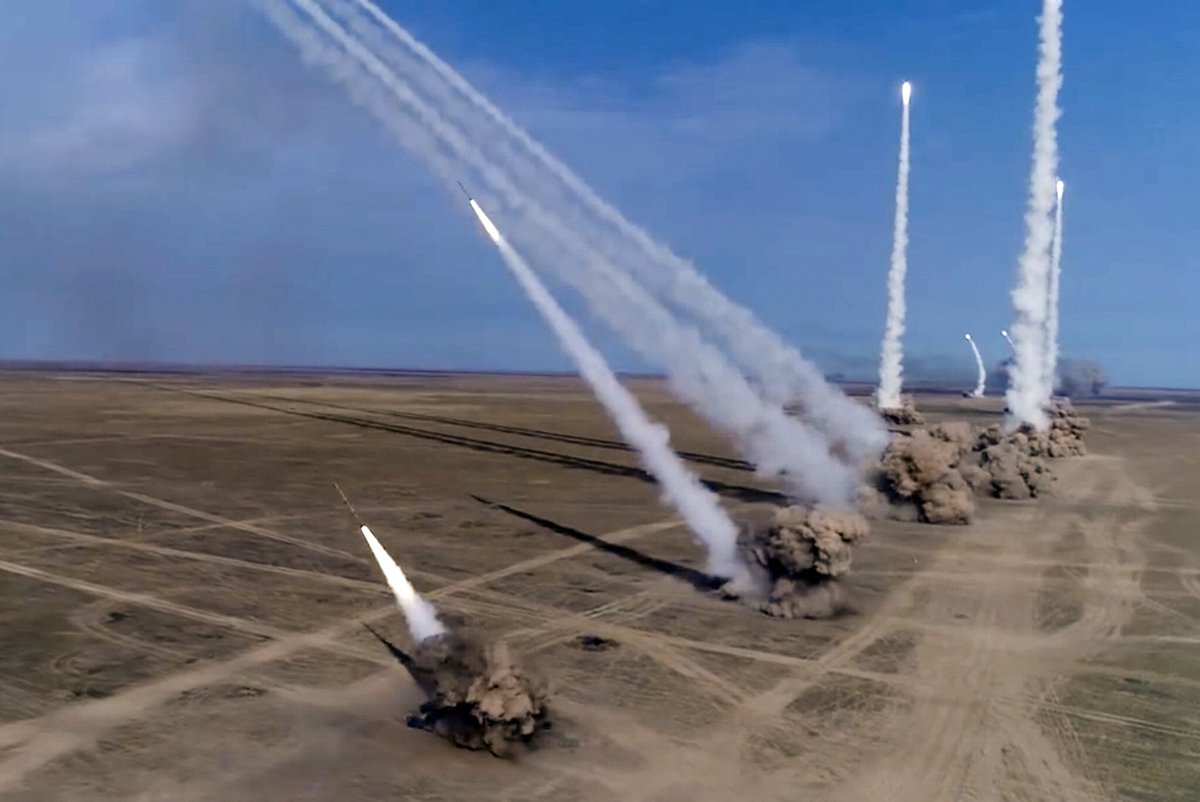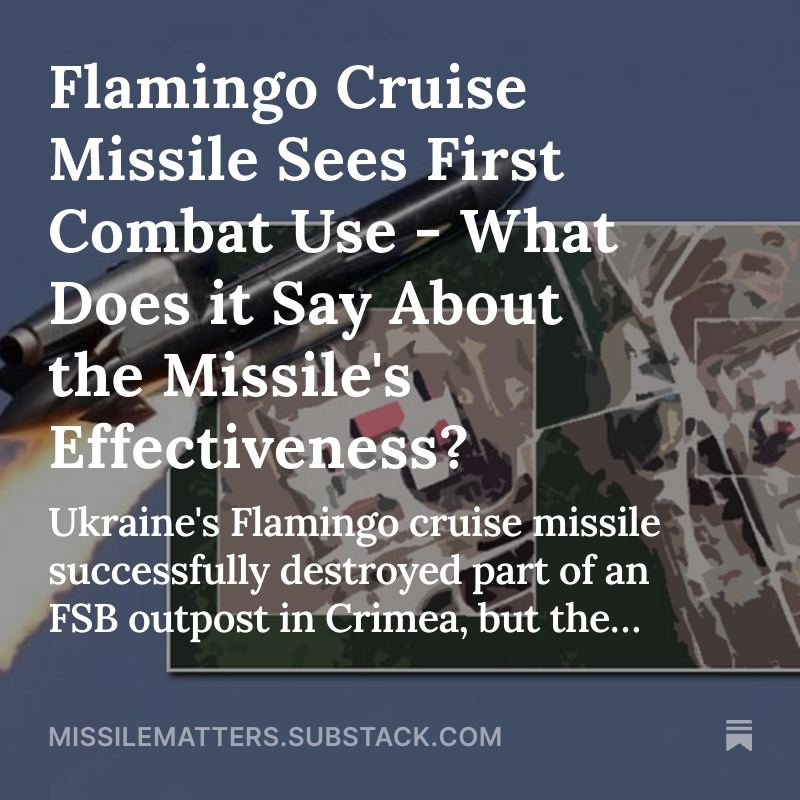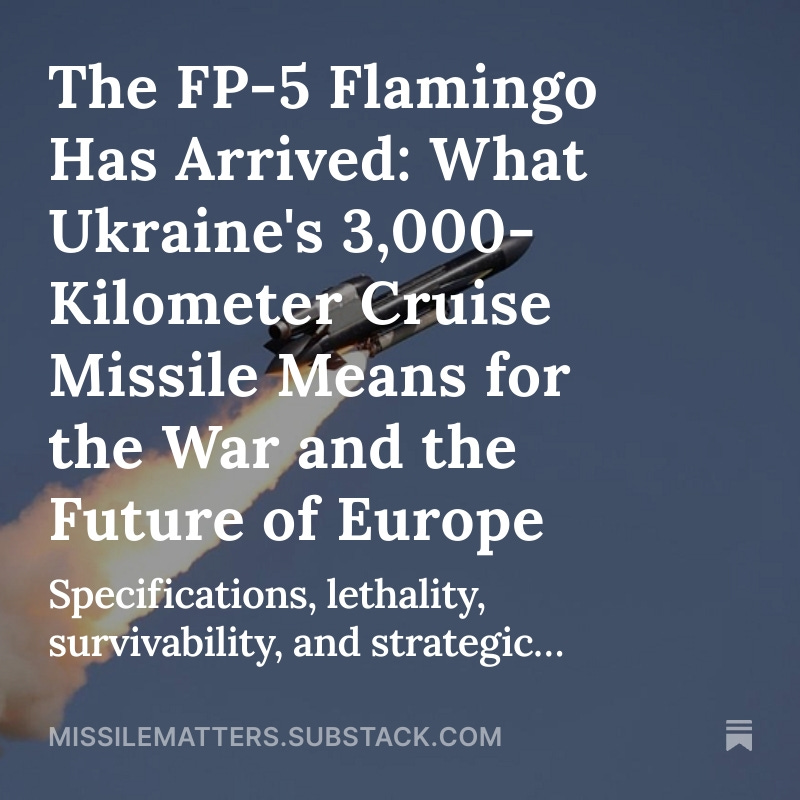In this thread, I will explain why we are much closer to war with 🇷🇺 than most people realize and why our time window for rearmament is shorter than many believe. In my opinion, we have at best 2-3 years to re-establish deterrence vis-à-vis 🇷🇺. Here's why 👇 1/20 

One common mistake in analyzing the threat posed by Russia is falling into the trap of 'mirror-imaging'. This means assuming that Russia views a potential conflict with us in the same way we view a potential conflict with them. Nothing could be further from the truth. 2/20
In addition, it is important to be cautious about extrapolating too many lessons from Ukraine & assuming that a war with 🇷🇺 would unfold in a similar manner, albeit on a larger scale. In reality, a war between NATO & Russia would likely take on a different form altogether. 3/20
🇷🇺 does not plan for the type of large-scale conventional war with NATO that we are currently seeing in Ukraine & for which we are primarily preparing. Already before taking substantial losses on the 🇺🇦 battlefield, 🇷🇺 knew that it would be inferior in such a scenario. 4/20
Russian thinking on a war with NATO revolves around the concept of escalation control and escalation management. Russia's primary objective in a war with NATO is to effectively manage escalation and bring the war to an early end on terms that are favorable to Russia. 5/20
Terminating hostilities early is necessary, given that 🇷🇺 must secure a victorous outcome before NATO's conventional superiority comes to bear, most notably that of the United States. Two key concepts play a crucial role: de-escalation strikes and aggressive sanctuarization. 6/20
Rather than comprehensively defeating NATO in a prolonged ground war, similar to what we see in Ukraine, Russian doctrine suggests that Russia would attempt to coerce NATO into submission by signaling the ability to inflict progressively greater amounts of damage. 7/20
This would entail, in particular, long-range strikes against critical civilian infrastructure across European NATO countries early on. The message to NATO governments: Don't come to the support of your Eastern European allies, unless you want to see your population suffer. 8/20
Simultaneously, Russia would extend its nuclear umbrella over any NATO territory it managed to capture in an initial assault. This sends a second message: Any endeavor to retake that territory, particularly by external NATO forces (USA), will result in nuclear escalation. 9/20
The psychological fear of escalation, which may ultimately result in unacceptable damage, is supposed to open the door for negotiations about the future of NATO and the security architecture in Europe - of course, on Russia's terms. 10/20
This type of warfighting scenario is not a contest of forces, but primarily a risk-taking competition. The question becomes: Who will be the first to back down when confronted with the prospect of largescale war, including potential exchanges of strategic nuclear warheads? 11/20
As Cold War historians know, the balance of military power is not deterministic of outcomes in risk-taking competitions. Instead, they are often determined by the balance of resolve; i.e., the relative willingness to remain steadfast even as risks are increasing. 12/20
This is why Russia pursues this type of strategy. Russia does not need to match NATO's conventional power. As long as NATO gives in first amid mounting psychological pressure due to a lack of resolve, Russia can walk away with a victory. 13/20
Here's the thing: The ongoing war in Ukraine is teaching Russia a crucial lesson - that the West lacks resolve. Domestic disunity and endless discussions about escalation only reinforce Russia's belief that NATO will back down when push comes to shove. 14/20
This means Russia does not have to wait until its conventional power is reconstituted. Scenarios where we have 5-10 years to rearm following the end of the war are way too optimistic, in my opinion. 15/20
I am with the Eastern European states that we have at best 2-3 years from today to re-establish a credible deterrence posture vis-à-vis Russia. Otherwise, we run the grave risk that Russia is going to challenge us, sooner rather than later. 16/20
NATO must credibly deny Russia the ability to seize any substantial part of NATO territory or to threaten strikes against NATO critical infrastructure. This is needed to escape the coercive conundrum that aggressive sancturization and de-escalation strikes pose. 17/20
We must also have a serious discussion not only about how to deter a war with 🇷🇺 but also about how to fight one. Are we prepared to retaliate against Russian critical civilian infrastructure in case Russia strikes ours first? How do we react to Russian nuclear first use? 18/20
Our lack of preparedness, both in the physcial space but also in terms of our cognitive ability to think through these scenarios, is encouraging 🇷🇺. Since 2014, Russian intellectuals have debated extensively and publicly how to win a war against NATO. Where is our debate? 19/20
What we need, especially in Europe, is whole-of-society effort to get our affairs in order. There's no denying that this will come with a significant cost, but I fail to see any other viable option. Considering worst-case scenarios, as we should, time has already run out. 20/20
• • •
Missing some Tweet in this thread? You can try to
force a refresh











